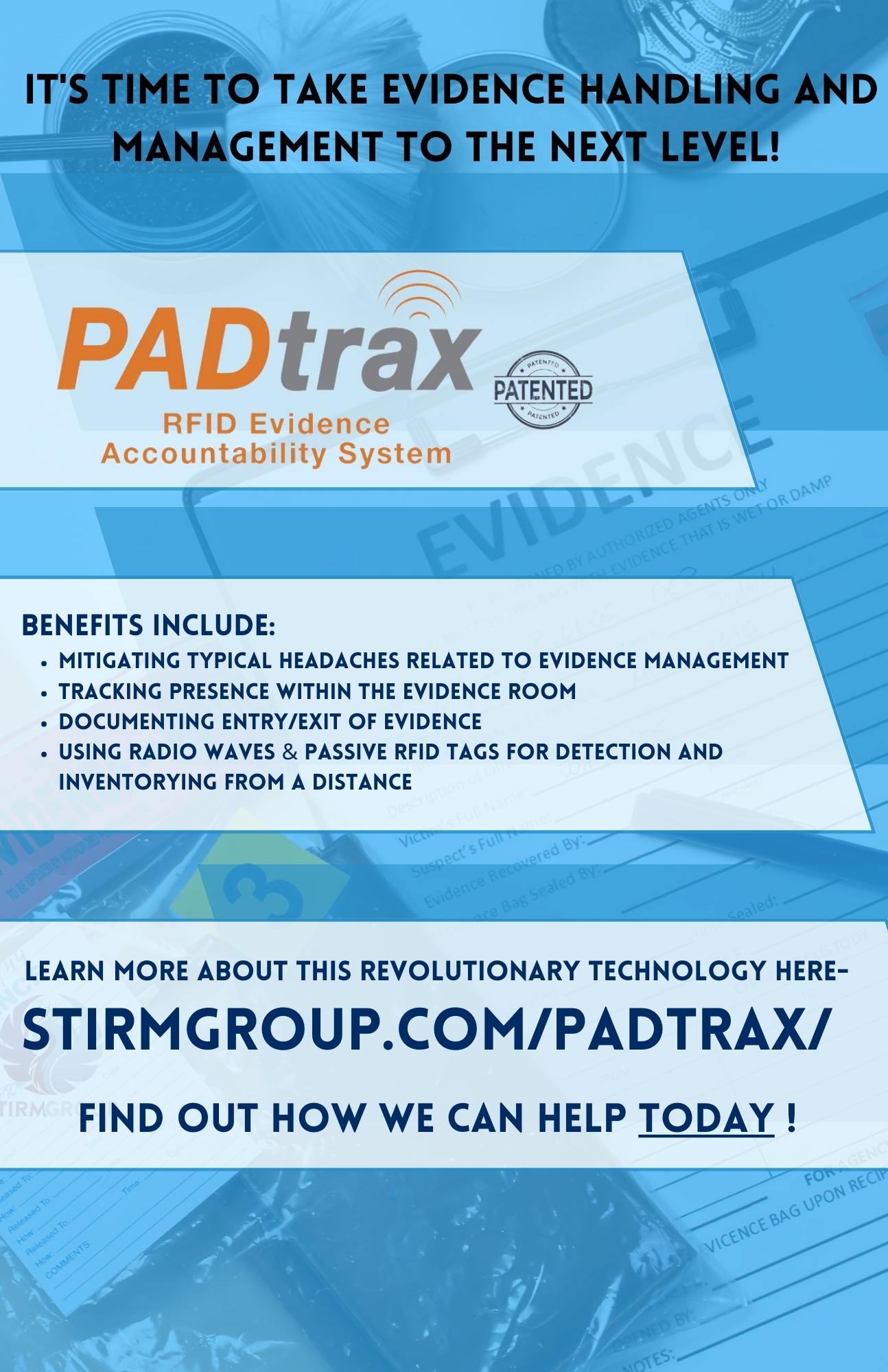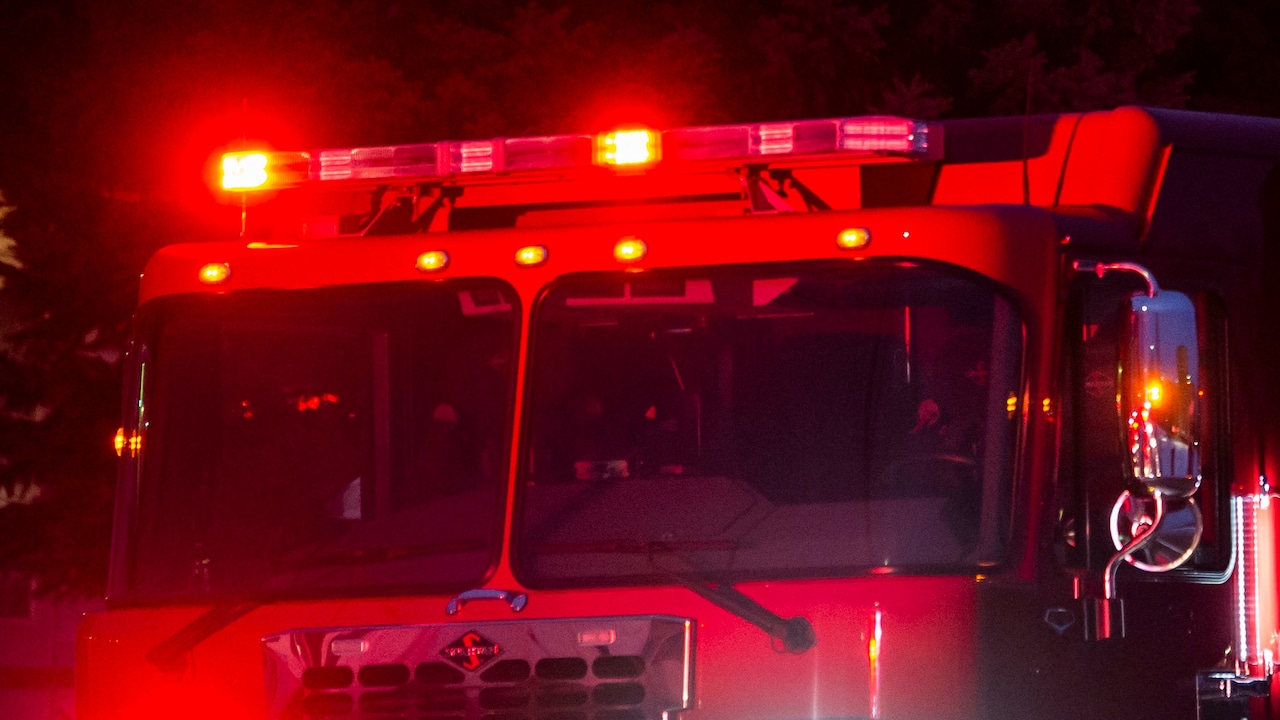This month, I will mount my bicycle and embark on a 320-mile trek from Maine to my hometown of Boston with 10 of my closest colleagues. The road will be long, but the purpose that fuels each push of the pedal — a mission to shed light on the connection between teenage runaways and sex and human trafficking — is profoundly important.
As a CEO whose company provides investigative tools to thousands of law enforcement agencies, I regularly encounter the dark realities of our society. But nothing has pierced my heart quite like the pervasive and harrowing world of child sex trafficking and exploitation. Particularly the cases of teens and kids who are so distressed that they choose to run away from home — often to seek refuge from some form of trauma — only to wind up in the captivity of criminals.
For decades, centuries even, teens going through tough times have run away from home. They usually come right back. But in 21st century America, teenage runaways are often running right into the arms of human traffickers and sex traffickers.
The process of grooming begins online. Teenagers, particularly those experiencing trouble at home or school, will find solace chatting with “strangers” online. When the time is right, those strangers don’t need to crawl through their windows and snatch them; the kids will pack their bags and run straight to them.
This isn’t something that happens once or twice each year. This is an epidemic. Of all teenage runaways, one in six will be trafficked for sex, and one in three will be lured into human trafficking.
These children, classified as “runaways,” often fall through the cracks. Authorities may not initiate searches as they would for “kidnappings.” By the time the gravity of the situation is realized, these children are often transported to different cities, states, or even countries, sold for sex or labor.

Haywood Talcove (Photo provided)
If a child runs away, we need to treat this as a law enforcement matter when it comes to finding them. If they’re running from abuse, or due to mental health issues for example, we need to treat them with compassion. We need to find them, work with social services, meet with their parents, and remedy whatever is so wrong in their lives that they thought abandoning their families was their only option.
According to the National Center for Missing and Exploited Children, there were 359,094 missing children in the United States in 2022. Of these, a significant portion were classified as endangered runaways, who fell directly into the pipeline of human trafficking.
We, as parents, often dismiss it when our children are troubled. We chalk up their depression to normal teenage transition issues. We overlook that they’re bullied at school because, well, we think they need to toughen up, like we did. We mistake what our children are experiencing for what we experienced as kids. Unfortunately, the world has changed considerably. When we were kids, we didn’t have the Internet. We didn’t turn to chatrooms, Roblox games, and Telegram channels when we were going through a rough spot.
Yet those communications channels are where our children often go to cope with their troubles. And some of the most dangerous, nefarious, and sinister criminals on Earth are waiting for them in those rooms. You and I may have been sad as kids and cried on the shoulders of friends and siblings. Your child, on the other hand, may inadvertently be leaning on the shoulder of a pedophile or human trafficker.
As a father of daughters, this grim reality turned my professional duty to counter cybercrime into a personal crusade to shield our children’s innocence.
In partnership with the National Center for Missing and Exploited Children, I have led my company to leverage our technology and resources to safeguard our children. I joined the center’s board to further this mission.
A more symbolic and challenging journey awaits me at the end of this summer — a bike ride from Maine to Massachusetts on Aug. 23. This ride isn’t just a test of physical endurance; it’s a tribute to the resilience and spirit of millions of exploited children. It’s a call to action to every parent, every citizen, to rise against this invisible enemy.
The journey will conclude at Fenway Park where the Red Sox play. There, on the field, I will be joined by Michelle DeLaune, the CEO of the National Center for Missing and Exploited Children, and my friend, John Walsh. We will stand together, not as individuals, but as representatives of a unified front against child exploitation.
This ride is not just about raising money for the center, but about awakening a collective consciousness. It’s about reminding ourselves that the suffering of even one child is one too many. It’s about starting a national conversation about child and teenage “runways,” and it’s about treating a runaway as seriously as we would treat a kidnapping.
We need new legislation, new response protocols, and a new approach to teenage mental health. We as parents need to do better, our social media platforms need to be safer, and our law enforcement organizations need to treat this with the seriousness it deserves.
Haywood Talcove is CEO of LexisNexis Risk Solutions’ Government division.






